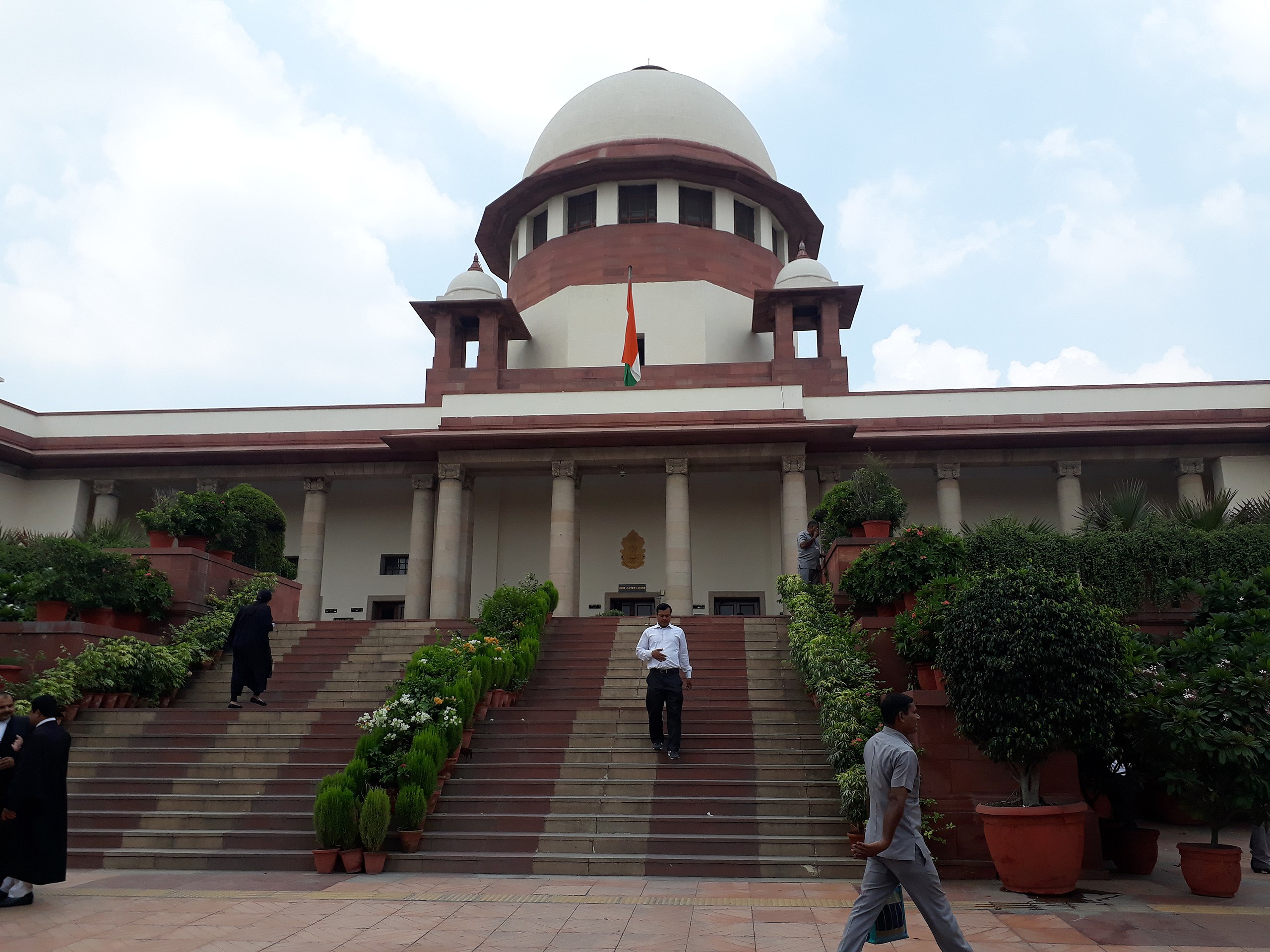News highlights.
The Chief Justice of India’s tenure is drawing to an end in a few days.
During his tenure, The Supreme Court Collegium has been particularly successful.
Key news takes away
Meeting frequently and working quickly, they took the perennial problem of judicial vacancies by the horns and turned it around.
What is the Collegium system?
- It is the system of appointment and transfer of judges that has evolved through the judgement of the supreme court and not by an Act of Parliament or by the provision of the Constitution.
- There is no mention of the Collegium either in the original constitution of India.
- The Supreme Court collegium is headed by the CJI and comprises the four other senior-most judges of the court.
- Evolution of Collegium System:
- In three cases: which came to be known as the Judges Cases in 1981, 1993 and 1998, the Supreme Court evolved the collegium system for appointing judges.
- First Judges Case:
- S P Gupta v Union of India (1981) the SC ruled that the President does not require the “concurrence” of the CJI in appointing judges.
- The ruling affirmed the pre-eminence of the executive in making appointments but was overturned 12 years later in the Second Judges Case
- Second Judges Case
- SC introduced the Collegium system, holding that “consultation” really meant “concurrence”.
- It added that it was not the CJI’s individual opinion but an institutional opinion formed in consultation with the two senior-most judges in the SC.
- Third Judges Case
- SC on the President’s reference (Article 143) expanded the Collegium to a five-member body, comprising the CJI and four of his senior-most colleagues.
How does the Collegium system work?
- The collegium of the CJI and the four senior most judges of the Supreme Court make recommendations for appointments to the apex court and high courts.
- The collegium can veto the government if the names are sent back by the latter for reconsideration.
- The basic tenet behind the collegium system is that the judiciary should have primacy over the government in matters of appointments and transfers in order to remain independent.
How are judicial appointments to the Supreme Court made?
- The Chief Justice of India (CJI) and the judges of the Supreme Court are appointed by the President under clause (2) of Article 124 of the Constitution.
- The appointment to the office of the CJI should be made by the senior most judge of the Supreme Court.
- The Union Law Minister would seek the recommendation of the outgoing CJI on his successor.
- Once the CJI recommends, the Law Minister forwards the communication to the Prime Minister who would advise the President on the appointment.
- In the case of the appointment of a Supreme Court judge the collegium would recommend a candidate to the Union Law Minister.
- The CJI would also ascertain the views of the most senior judges in the Supreme Court.
- The opinions of each member of the Collegium and other judges consulted should be made in writing and form part of the file on the candidate sent to the government.
Appointment of Judges of the High Court
- A Collegium consisting of the CJI and four senior-most judges recommends High Court judges.
- The judges of a high court are appointed by the President.
- But the President shall consult the Chief Justice of India, the Governor of the State and the Chief Justice of that High Court.
- Under Article 219, a person appointed as a High Court Judge must take and swear an oath or affirmation before the Governor of the State before taking office.
Content Source: The Hindu



